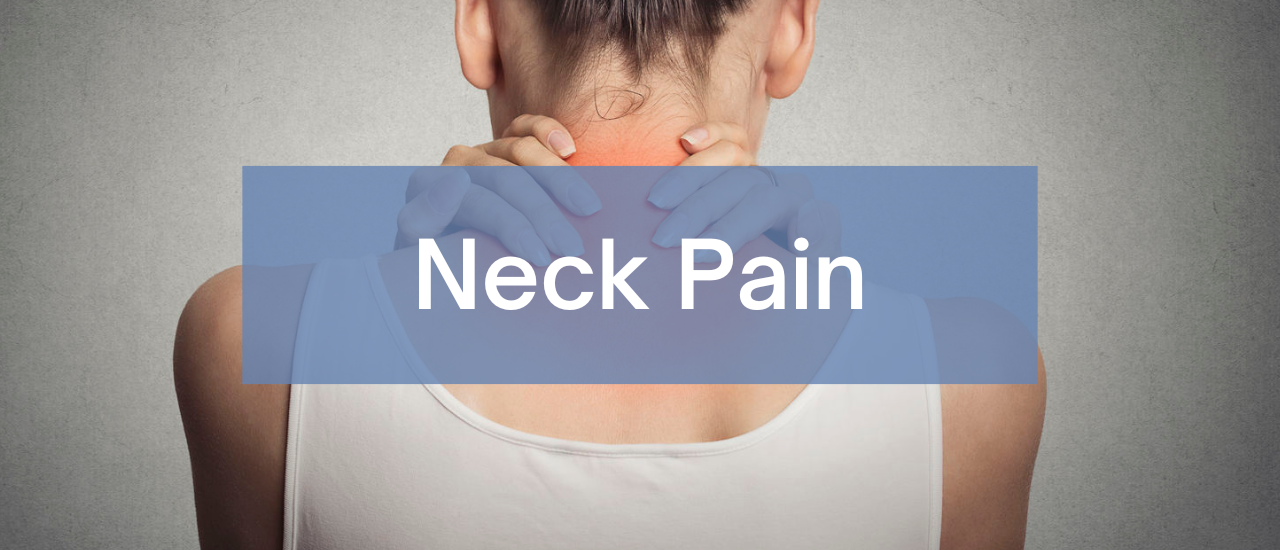


Numerous things, such as muscular strains, whiplash, and chronic illnesses like fibromyalgia and arthritis, can causes of neck pain. Neck pain can also be caused by certain behaviors, such as sleeping on flat pillows or sitting in uncomfortable positions. Other causes of neck discomfort include joint injury, ruptured spinal discs that cause nerve compression, and illnesses including cancer or meningitis. Steroid injections, soft neck collars, and neck exercises to build muscle strength are among treatments for neck pain. Surgery may be suggested in some circumstances to treat spinal cord compression.
Fibromyalgia is a chronic disorder that causes pain all throughout the body and can also cause neck pain. Stress, physical harm, or disease can all cause fibromyalgia symptoms. Sometimes symptoms appear without a known underlying reason. The list of other symptoms can include fatigue, headaches, and trouble concentrating. Various disorders, such as arthritis, injuries, and bad posture are among the causes of pain in the right side of the neck. A narrowing of the spinal canal caused by cervical spinal stenosis may cause neck pain on either side of the neck. Incontinence, back and shoulder discomfort, neck weakness, loss of balance owing to spinal cord damage, and incontinence are other symptoms that can occur in addition to neck pain.
The neck is susceptible to injuries and illnesses that cause pain and limit motion because it bears the weight of the head. Causes of neck pain include:
Muscle strains are sometimes caused by overuse, such as spending too much time slumped over a computer or a smartphone. Even simple activities like reading in bed can put tension on the neck muscles.
Whiplash injuries are frequently the outcome of rear-end auto collisions. The soft neck tissues are strained as the head jerks backward and then forward.
Neck joints deteriorate with age, just as other joints in the body. The body frequently develops bone spurs as a result of this wear and tear, which can impair joint motion and be painful.
The nerves that emerge from the spinal cord may be compressed by herniated discs or bone spurs in the neck vertebrae.
Neck pain can be brought on by a number of conditions, including cancer, meningitis, and rheumatoid arthritis.
One of the most frequent causes of neck pain is muscle rips, sprains, and strains. Small tears in one or more of these layers of connective tissue can develop when the muscle is overextended, weakening it and producing pain. Trigger points are tight knots that form in strained and injured neck and shoulder muscles and are tender to the touch. They exacerbate existing muscle pain and discomfort. The rapid, painful, and spontaneous contraction of a muscle is known as a muscle spasm. You can feel discomfort, stiffness, and be unable to turn your head in any number of ways when this occurs in the neck.
Headaches, which are typically felt in the back of the head and the upper neck, can be brought on by muscle tension or contractions in the neck. A dull or painful headache caused by the neck is frequently accompanied by tightness and discomfort in the neck.
The majority of neck discomfort is caused by diseases and injuries to the cervical spine’s soft tissue structures. The actual bones themselves, however, may also be uncomfortable. Although neck pain in the cervical vertebrae is much less frequent than neck pain in the soft tissues, it still has to be treated right away because it could indicate a more serious health concern. Additionally, bone pain can be a symptom of bone deterioration or a fracture, which could endanger your spinal cord by destabilizing the cervical spinal column.
The vertebral column’s facet joints are the points where two neighboring vertebrae meet. Deep, intense, and throbbing pain has been described as being experienced in these joints following an acute injury or arthritic deterioration. It often gets worse in the morning or after prolonged periods of inactivity, when pressure is given to the facet joint with neck movement. The entire upper body may experience agony if this pain radiates to your shoulder or upper back.
Neck nerve pain is quite challenging to define. One or more nerves that branch off the spinal cord exit through each vertebra. Pain that can be described as intense or dull, fleeting or chronic, and accompanied by burning sensations or a pins-and-needles sensation might be caused by inflammation or structural damage close to these exit points. These conditions can squeeze, impinge, or irritate the nerve roots. The pain may radiate down the arm or even into the hand, depending on the nerve affected, and it may get worse with either general or specific motions.
Changing the neck has resulted in a stroke. A high-speed twisting or turning movement is referred to as manipulation, and it frequently produces a popping or clicking sound nearby. Cervical artery dissection, a disease, is what causes the stroke itself (CAD). This occurs when a neck artery ruptures. As a result, blood starts to seep through the blood vessel wall, between the delicate layers that make up the blood vessel wall.
When your heart is working hard, you may experience an angina event, which is chest pain. It may go away when you pause to rest once more, or it may occur while you are resting. Your chest may feel squeezed or under pressure from this pain. Similar to a heart attack, it can also extend to your shoulders, arms, neck, jaw, or back.
Chest and neck pain may have a variety of causes. Your chest or neck pain could be caused by an underlying ailment in one of the two places, or it could be a radiating ache from somewhere else.
Any of the following conditions may induce neck and chest pain:
Inflammation Of Ear And Reasons That Builds Up Ear Infection
Fingernail And Toenail Fungus Problems
Know About The Importance And Benefits Of Sleep